ACE 2026 - The home of global charter.
 The bimonthly news publication for aviation professionals.
The bimonthly news publication for aviation professionals.
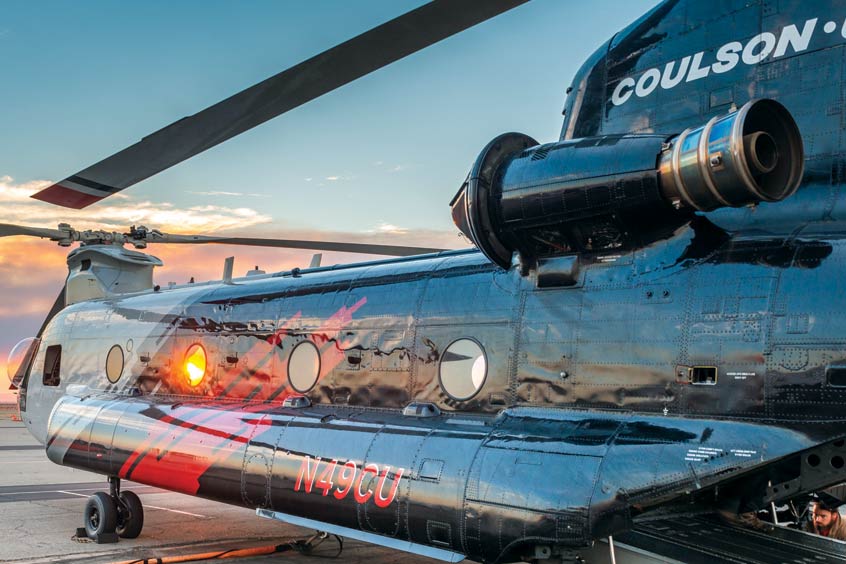

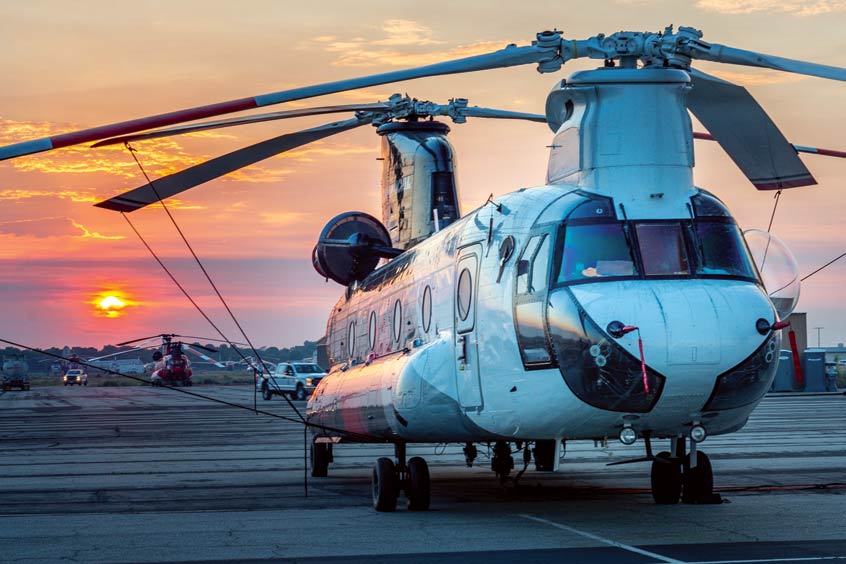
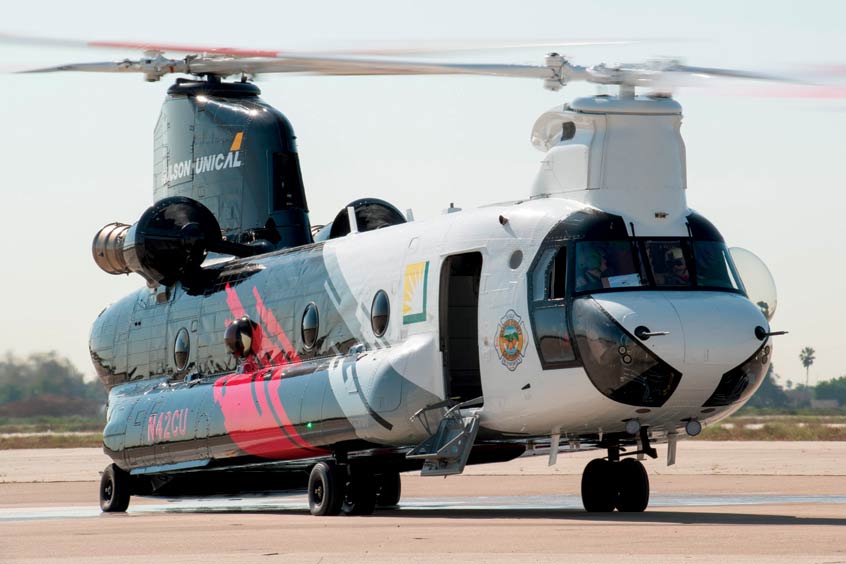
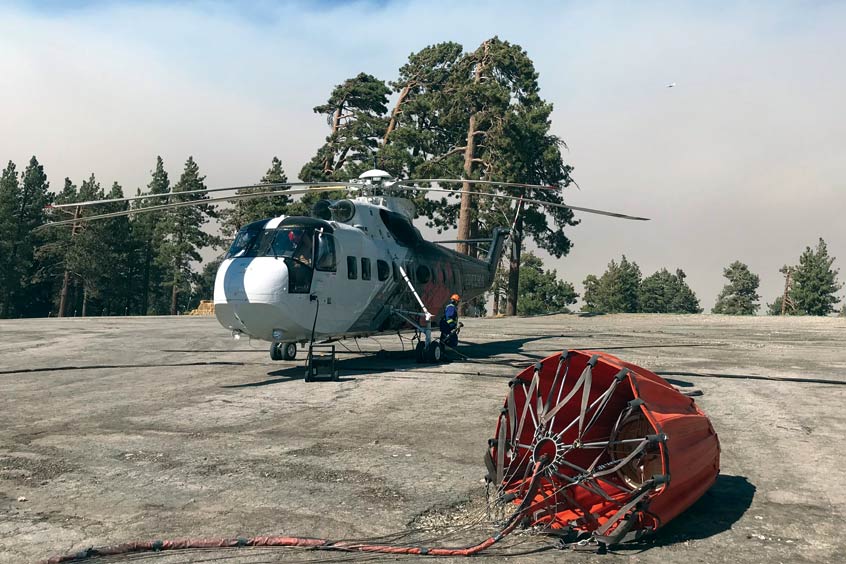
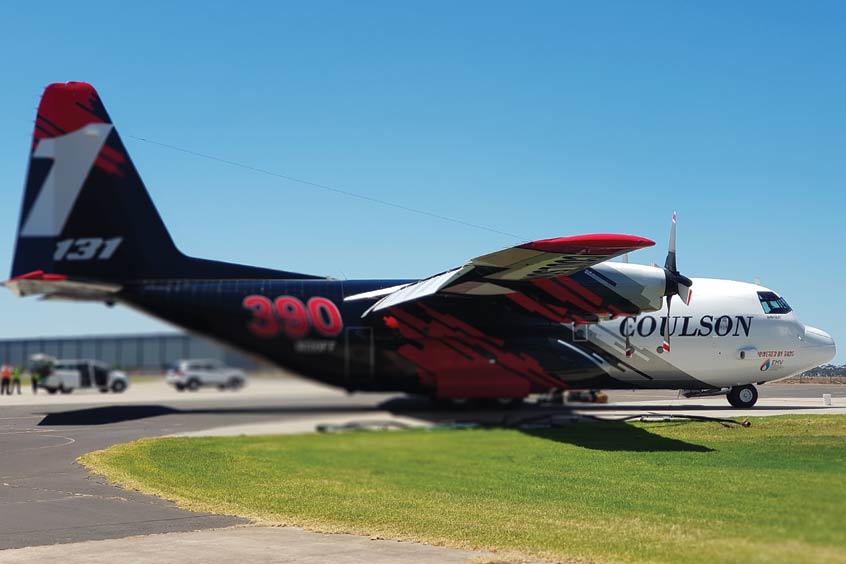
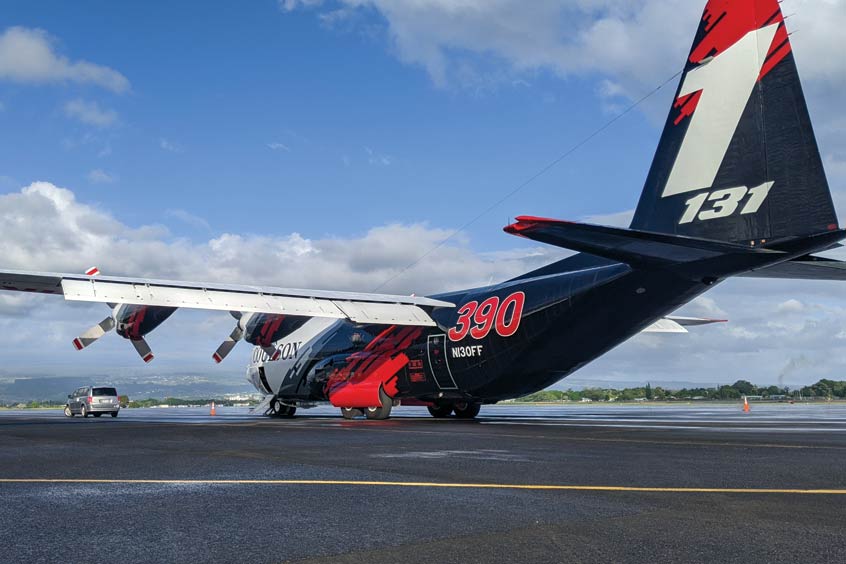
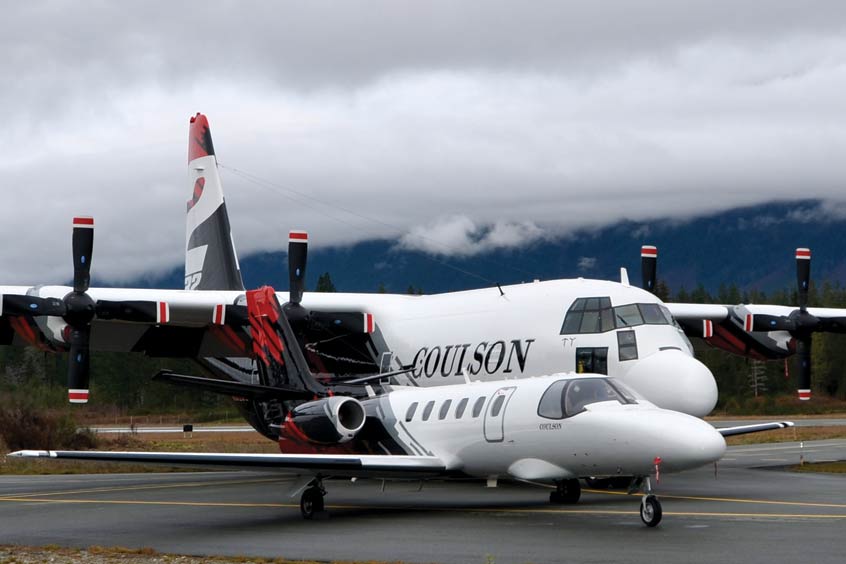
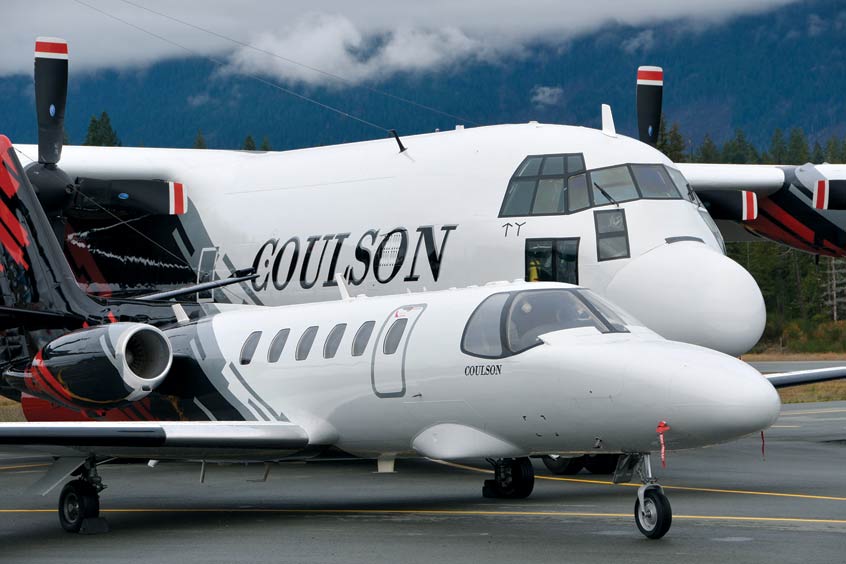

For our Perspectives series, we talk to experienced business aviation industry professionals who share with us their individual insights and offer a window into their world. This month's interviewee is Foster Coulson, co-president and COO of Coulson Aviation in British Columbia, Canada. The company uses Cessna Citation Bravos as ‘lead planes’ for firefighting missions, putting itself right at the forefront of fire abatement technology. Having started out with a Sikorsky S-76B in 2007, the company has continually taken on assets since then, for the US Forest Service in California along with several international customers.
“It’s exciting times right now for us, and Coulson Aviation is extremely busy. Our fleet is seasonally based in Australia at the moment, and we have also begun two long-term contracts in Chile this year. Coulson went from having one CH-47D in Chile in 2019 to this season (2020-2021) having four CH-47Ds, a UH-60 and a Citation 550 intelligence aircraft. We are now the largest operator from North America in Chile, and we’ll also be implementing our night vision firefighting programme within the next month there. This will be the first time fires have ever been fought at night in the country. It’s really unique, and we’re also running the same NVG programme in Australia, so we have two cutting-edge programmes running on two different continents.
We purchased a fleet of ex-US Border Patrol Citations with some special mods from the OEM that allowed for cameras to be installed. We’re running with 380HD FLIR cameras, and the Bravo is a great platform: it’s nimble and quick, so it can keep up with the large air tankers. Part of the issue with some of the lead aircraft out there is that they are just not fast enough. If you have the latest generation large air tankers like the 737 Fireliners, the lead plane can’t keep up, which can become an issue. With the Citation, we have no issues. We just overhauled the first two Citations, updated all the avionics, put in the tech systems and put the cameras on. We’re continuing to update the rest of the fleet now. They’ll soon be ready for North America, and we believe that there’s a growing appetite for good fire intelligence. Better intelligence allows for better decision making.
We invest a lot of money in R&D programmes, and we pioneered night time firefighting – we are the only ones that can currently do this. We have the appropriate tools to be able to carry it out safely and effectively. There has been a big shift in the industry from doing a 10- or 12-hour day of operations and now going up to 20 or even 24-hour-a-day ops, with the same assets. These assets are contracted and paid for in the first 10-12 hours of the day. It’s negligible to bring in a second crew in terms of costs, so now you can run that same asset for essentially double the amount of time. You can have double the amount of water delivered to the fire for virtually the same price. I think that in a world where there is high sensitivity to putting fires out, coupled with cost constraints from agencies due to other factors, it all comes down to doing more with less. That’s the whole premise of our programme, and that’s why I think we have an overwhelming amount of customers coming to us looking for this type of firefighting solution.
Coulson Aviation continues to invest in having the best assets in the world and expanding our current projects. In our asset categories, they can create a significant amount of value. The customer is king: we go out and do a good job, and clients see that. And, as we stand back and look at the market that we are operating in and expanding into, customers are looking for solutions that can create more value; something they can measure, which allows them to better manage. That is what our programmes give to customers. It’s our job to continue offering high value.”